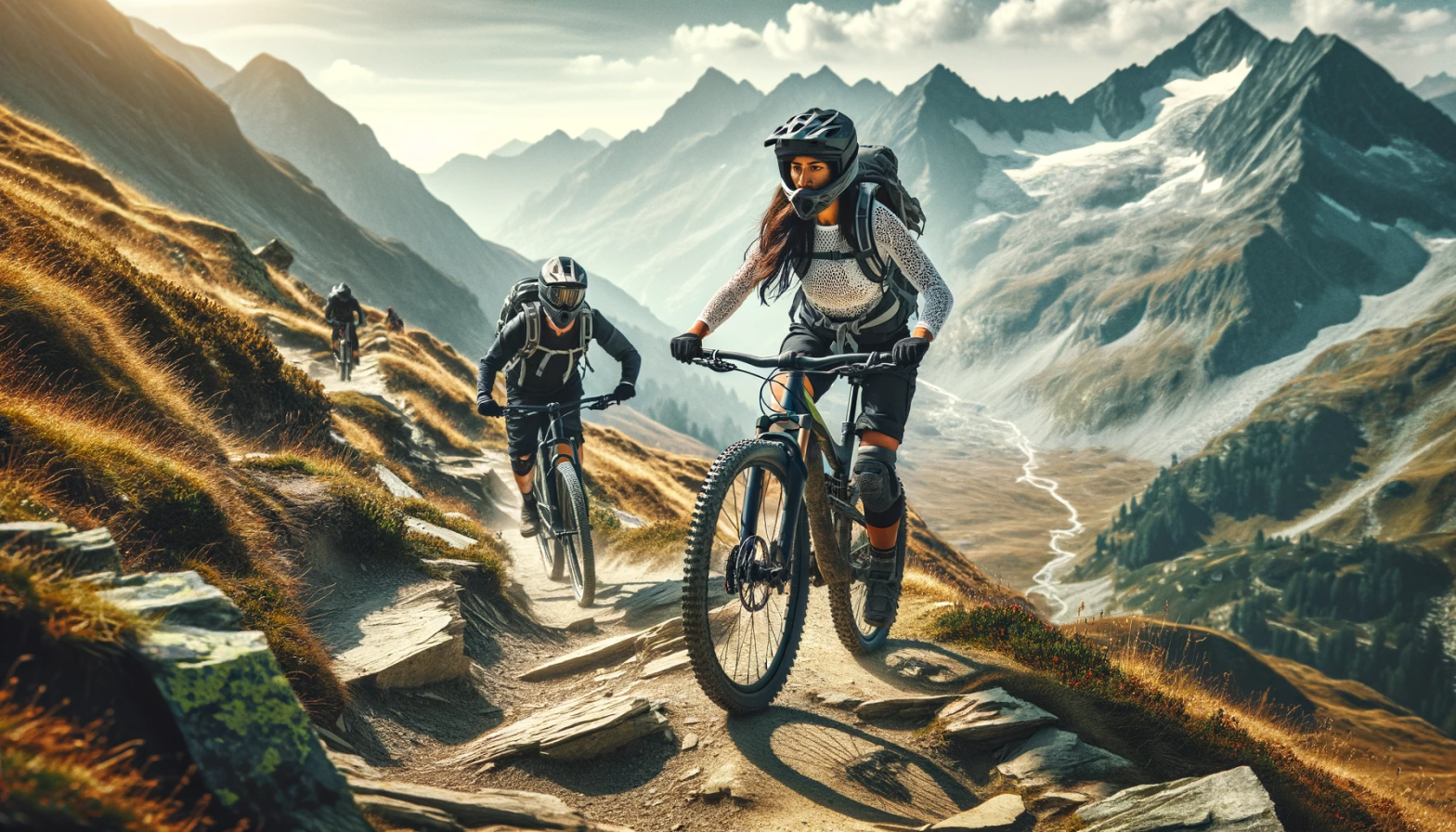In a world where technology continues to advance, the simplicity and purity of single-speed biking have garnered a devoted following. Single-speed bicycles, also known as fixed-gear or freewheel bikes, offer a unique riding experience without the complexities of multiple gears. With their minimalist design and straightforward mechanics, these bikes have become a symbol of elegance and efficiency. This article will delve into the appeal and challenges of riding without gears, exploring the reasons behind its growing popularity among cyclists.
The Authentic Appeal of Riding Single-Speed
In today’s world, where there’s an increasing emphasis on complex technologies and multifunctionality, there’s something special about the simplicity and sincerity of a single-speed bicycle. It is this simplicity that becomes the reason why many people choose it, preferring a single speed over multiple gears. Let’s consider the key aspects that make single-speed bikes so appealing:
- Minimalism and Aesthetics. The absence of shifters and multiple cables gives the bike a sleek and clean look. This design reflects the principles of minimalism, making the bicycle not only a functional means of transport but also a true work of art.
- Maintenance Simplicity. Fewer details mean fewer components requiring technical maintenance or replacement. For those who do not want to spend much time servicing their two-wheeler, single-speed bicycles become the ideal choice.
- Direct Feedback. Riding a single-speed bike allows you to feel every bend and unevenness of the road. This provides an opportunity for closer interaction between the cyclist and the terrain, making every ride unique.
- Cost-effectiveness. Overall, single-speed bikes are less expensive than their multi-speed counterparts. This makes them an attractive option for those looking for a budget-friendly yet high-quality bicycle.
Facing the Uphill: The Inherent Challenges
Single-speed bicycles, despite their undeniable appeal in simplicity and design, present specific challenges to their riders. Whether it’s confronting a steep hill or maneuvering through constantly changing terrains, these bikes demand a unique skill set and approach. Let’s delve into some inherent challenges that cyclists might face when opting for a single-speed bicycle.
- Limited Versatility on Varied Terrains. One of the most evident challenges with single-speed bikes is their limited versatility on different terrains. Unlike multi-gear bikes, where riders can shift between gears to adapt to ascending or descending landscapes, single-speed riders have only one gear ratio. This limitation can make steep inclines particularly challenging, as the cyclist might not have the mechanical advantage to tackle such terrains comfortably.
- Physical Demand. Due to the lack of multiple gears, single-speed bicycles require a higher physical exertion from the rider, especially when faced with uphill climbs or when trying to achieve high speeds on flat terrains. While this can be an excellent workout, it may not be suitable for everyone, especially those who are new to cycling or have specific physical constraints.
- Higher Learning Curve. Mastering a single-speed bike takes time and dedication. Since the bike doesn’t aid in providing the right gear for varied situations, riders need to develop a keen sense of their strength and the bike’s capabilities. This learning process can be steeper than with multi-gear bicycles, where shifting can aid in various situations.
- Braking Constraints. Single-speed bikes, especially those that are “fixies” (fixed-gear), come with braking challenges. The absence of freewheeling means that the rider cannot coast. This feature can complicate braking, as riders need to use their leg power to slow down or stop the bike. While this provides a unique and connected riding experience, it requires a level of skill and can be a challenge for those used to traditional braking systems.
Table. Single-Speed Biking: At A Glance
| Advantages | Challenges |
| Aesthetic and minimalist design | Limited versatility on varied terrains |
| Lower maintenance requirements | Can be physically demanding |
| More direct feedback from the terrain | Steeper learning curve |
| Cost-effective | Potential braking constraints (for fixies) |
Finding the Right Balance
For many riders, the charm of single-speed biking is in its purity. It offers an experience that is both raw and rewarding. However, it’s crucial for potential riders to weigh the appeal against the challenges. For urban commuters who ride on relatively flat terrains, single-speed bikes can be an excellent choice. On the other hand, those living in hilly regions might find the experience more strenuous.
In the end, the decision to go single-speed depends on individual preferences and needs. It’s about finding that sweet spot between simplicity and functionality, where the joy of riding meets the practicality of daily life.
Finally, single-speed bikes are a testament to the timeless allure of simplicity. They remind us that in a world constantly pushing the boundaries of complexity, sometimes stripping things back to their essentials can offer the most authentic experiences. Whether you’re considering adopting this style of riding or merely curious, remember that the journey of a thousand miles begins with a single pedal stroke. Embrace the rhythm, and let the road lead you.
